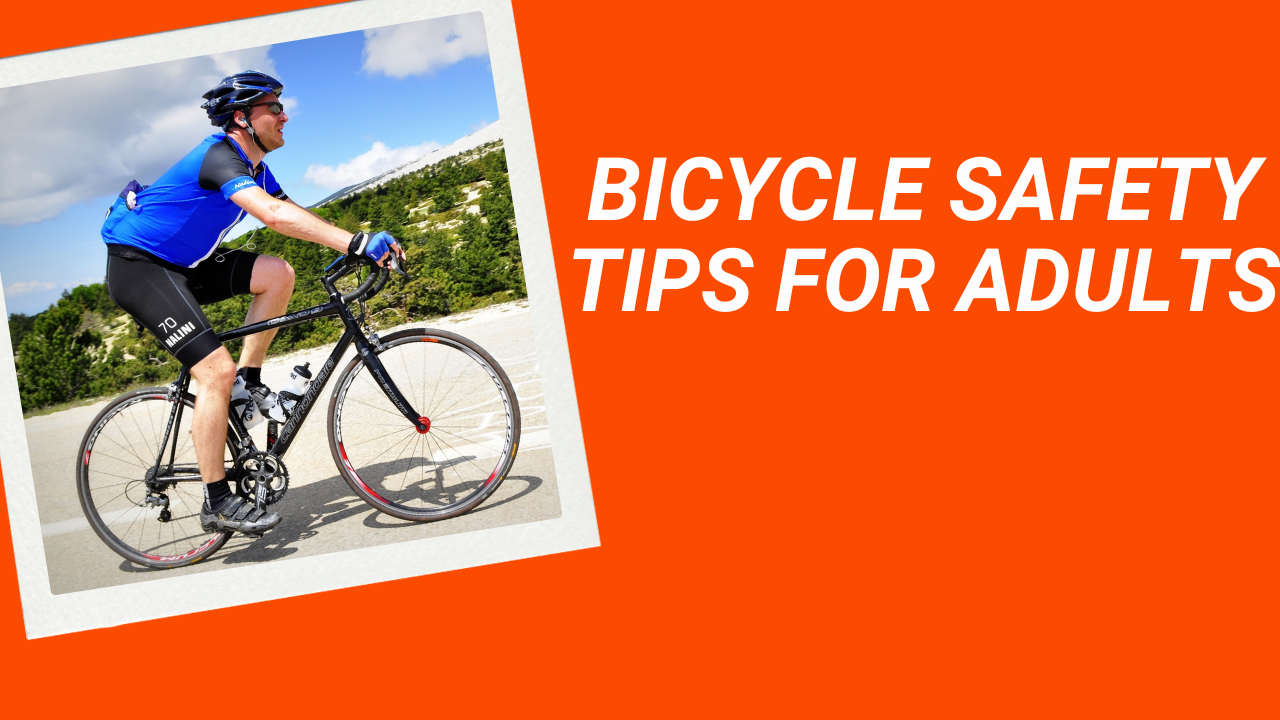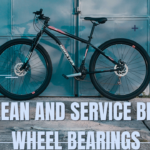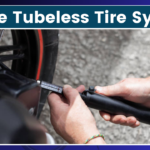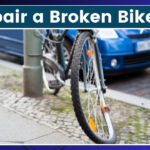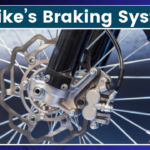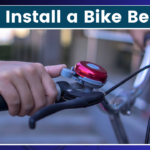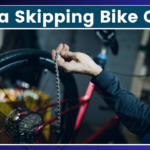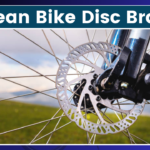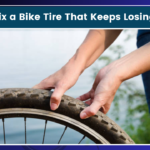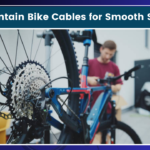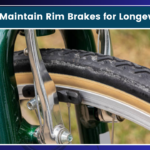Hey there, fellow cyclists! It’s been a while since I’ve written an article, but I’m back at it after a nice dinner with friends. As I was biking home this evening, I realized how many adults I see out riding these days – which is awesome! But it also got me thinking about how important it is for us grown-ups to brush up on our bike safety skills. So, I decided to put together this guide to help keep us all safe on two wheels.
When I was a kid, bike safety seemed simple: wear a helmet, use hand signals, and don’t ride at night. But as adults, we face different challenges and responsibilities on the road. Whether you’re commuting to work, getting some exercise, or just cruising around town, these tips will help you stay safe and confident on your bicycle.
Gear Up for Safety
First things first – let’s talk gear. I know, I know, you’re probably thinking, “I’m not a kid anymore, do I need all this stuff?” Trust me, the right gear can make a huge difference in your safety and comfort.
Helmets: Yes, you still need one! A properly fitting helmet can reduce the risk of head injury by up to 85%. Look for one that meets safety standards and replace it every 5-10 years or after any impact.
Visibility: Make yourself seen! Bright, reflective clothing is a must, especially if you’re riding at dawn, dusk, or night. I’ve started wearing a reflective vest over my regular clothes, and it’s made a big difference in how drivers notice me.
Lights: Speaking of being seen, lights are crucial for night riding. Use a white light in front and a red light in back. I recently upgraded to some rechargeable LED lights, and they’re so much brighter than my old battery-powered ones.
Proper Fit: Make sure your bike fits you correctly. A bike that’s too big or small can be uncomfortable and harder to control. Your local bike shop can help you with adjustments.
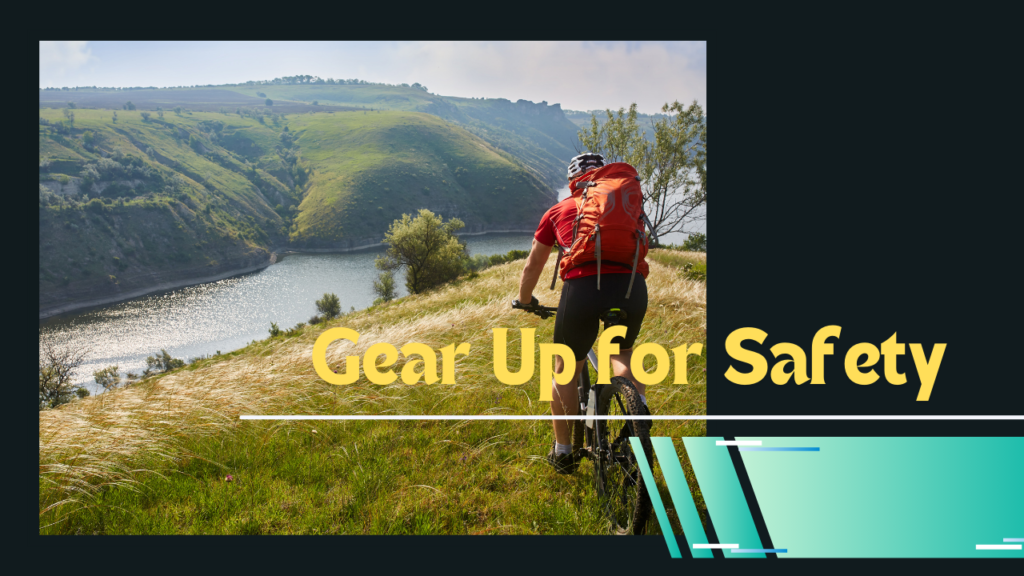
Know and Follow the Rules of the Road
As adults, we’re expected to know and follow traffic laws. Here’s a quick refresher:
- Ride in the same direction as traffic
- Obey all traffic signs and signals
- Use hand signals for turns and stops
- Yield to pedestrians
- Use bike lanes when available
One thing I’ve noticed lately is that a lot of adults seem unsure about where exactly to ride on the road. Generally, you want to ride as far to the right as is safely possible, but don’t hug the curb – give yourself some room to maneuver around obstacles.
Be Predictable and Communicate
Predictability is key to staying safe on the road. Ride in a straight line, avoid sudden movements, and always signal your intentions to drivers, pedestrians, and other cyclists.
I’ve found that making eye contact with drivers at intersections can be helpful. It lets them know you see them and helps ensure they see you too. A friendly wave or nod can go a long way in fostering a positive relationship between cyclists and drivers.
Stay Alert and Anticipate Hazards
Distracted cycling is just as dangerous as distracted driving. Keep your eyes and ears open for potential hazards:
- Parked cars (watch for opening doors!)
- Potholes and debris in the road
- Pedestrians (especially children and pets)
- Changes in traffic patterns
I’ll admit, I used to be guilty of listening to music while riding. But after a few close calls, I’ve given up the tunes in favor of being more aware of my surroundings. It’s amazing how much more you notice when you’re fully tuned in to the environment around you.
Maintain Your Bike
A well-maintained bike is a safer bike. Regular check-ups can prevent mechanical issues that could lead to accidents. Here’s a quick pre-ride checklist:
- Check tire pressure and condition
- Test brakes
- Ensure the chain is lubricated
- Check that quick-release levers are secure
- Test lights and reflectors
I’ve started keeping a small bike tool kit in my bag, which has come in handy more times than I can count. It’s great for making small adjustments on the go.
Plan Your Route
As an adult cyclist, you have the advantage of being able to plan your rides more strategically. When possible, choose routes with:
- Dedicated bike lanes or paths
- Lower traffic volumes
- Good road conditions
- Well-lit areas (for night riding)
I’ve found that my city’s transportation department website has great resources for bike-friendly routes. It’s worth checking if your area offers something similar.
Ride Defensively
Always assume that drivers don’t see you. This mindset can help you stay vigilant and react quickly to potential dangers. Some defensive riding tips:
- Don’t ride in a driver’s blind spot
- Be extra cautious at intersections
- Watch for turning vehicles
- Be prepared to stop or take evasive action
I’ve had my share of close calls over the years, and I can’t stress enough how important it is to stay alert and expect the unexpected.
Know How to Handle Common Situations
There are some tricky situations that adult cyclists often encounter. Here’s how to handle a few of them:
Riding in groups: If you’re riding with friends or in an organized event, maintain a single-file line on busy roads. On quieter streets, you can ride two abreast, but always be prepared to single up when traffic approaches.
Navigating roundabouts: Treat these like any other intersection. Signal your intentions clearly and take the lane if necessary to prevent cars from trying to squeeze past you.
Railroad tracks: Cross tracks at a right angle to avoid getting your wheel caught. If the tracks are at an awkward angle to the road, it’s okay to briefly leave the bike lane to cross safely.
Understand and Use Bike Infrastructure
Many cities are improving their bike infrastructure, but it can be confusing if you’re not used to it. Here are some common features:
Bike boxes: These are painted areas at intersections that allow cyclists to wait in front of cars at red lights. They improve visibility and let you make left turns more easily.
Sharrows: These are road markings (usually a bicycle symbol with chevrons) that indicate a shared lane for cars and bikes.
Protected bike lanes: These are separated from car traffic by physical barriers. They’re great for safety but be extra cautious at intersections where they end.

Advocate for Cycling Safety
As adult cyclists, we have the power to advocate for better cycling conditions in our communities. Get involved with local cycling organizations, attend city council meetings, and speak up about the need for better infrastructure and safety measures.
I recently started volunteering with a local bike advocacy group, and it’s been eye-opening to see how much work goes into making our streets safer for cyclists. Every voice counts!
Set a Good Example
Remember, as an adult cyclist, you’re setting an example for younger riders and even for drivers. By following the rules and riding responsibly, you’re helping to create a culture of mutual respect on the road.
I’ve noticed that when I’m courteous and follow traffic laws, drivers tend to be more patient and respectful in return. It’s a small thing, but it can make a big difference in overall road safety.
Keep Learning and Improving
Cycling safety isn’t something you learn once and then forget about. Keep yourself informed about new laws, safety gear, and best practices. Consider taking an adult cycling safety course – I did one last year and learned some great new skills, even though I’ve been riding for decades.
Wrapping Up
Well, folks, I hope these tips help you feel more confident and safe on your bike. Remember, cycling is not only a great way to get around and stay healthy, but it’s also a lot of fun! By following these safety guidelines, you can enjoy all the benefits of cycling while minimizing the risks.
As I wrap up this article (it’s getting late, and I should probably head to bed soon), I’m already looking forward to my ride tomorrow. There’s something special about starting the day on two wheels, feeling the fresh air, and seeing the world from a different perspective.
Stay safe out there, and happy cycling!
